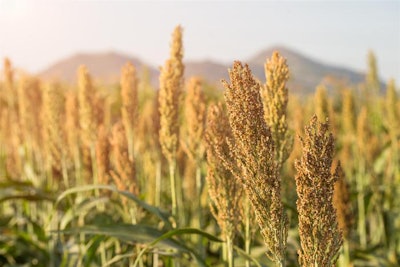
Photo by Stoonn
Sorghum (Sorghum bicolor), also known as milo and kafir, is a grain crop, but there are significant varieties of grass sorghum. Modern genetic development through cross-breeding has created improved varieties, all termed under the name of sorghum, and thus, other terminology is quickly disappearing.